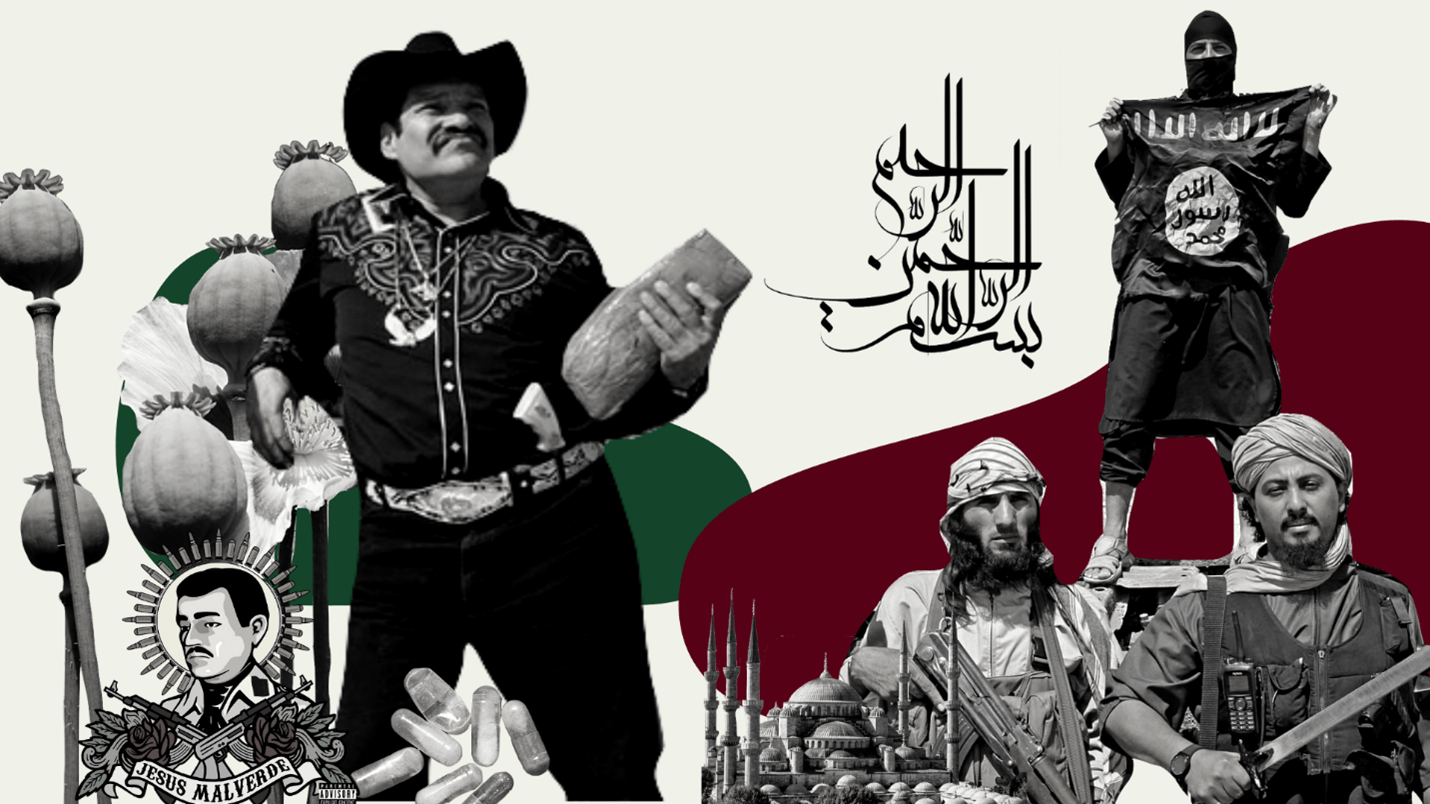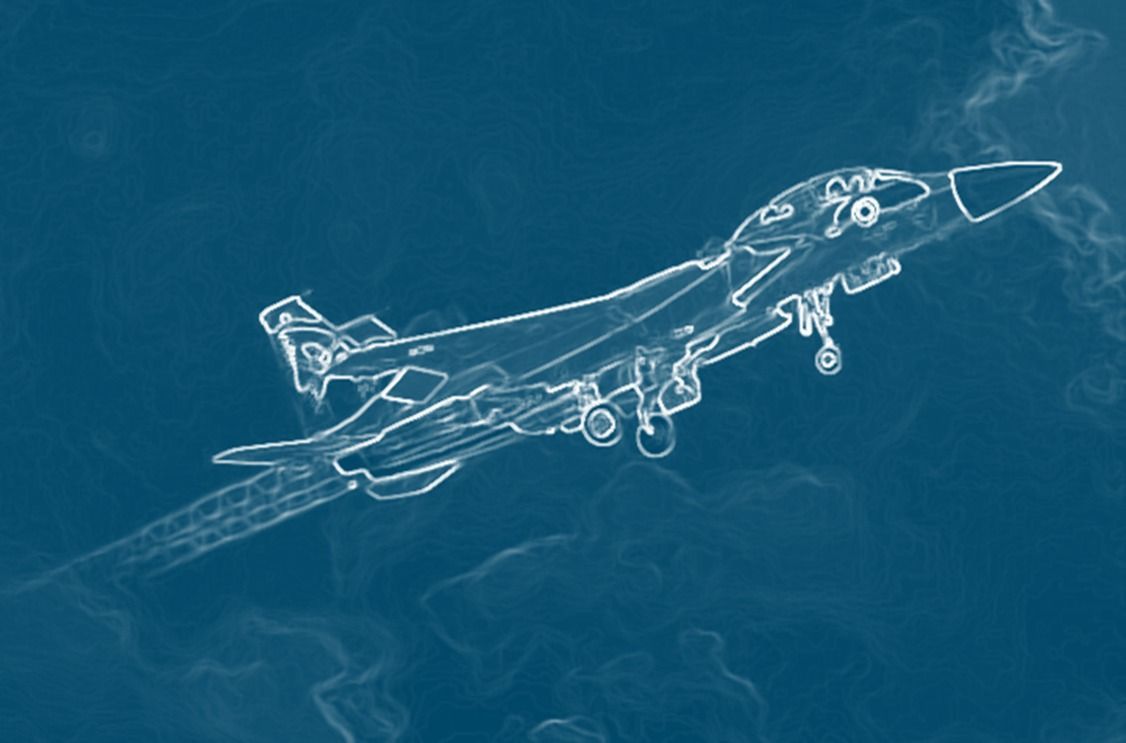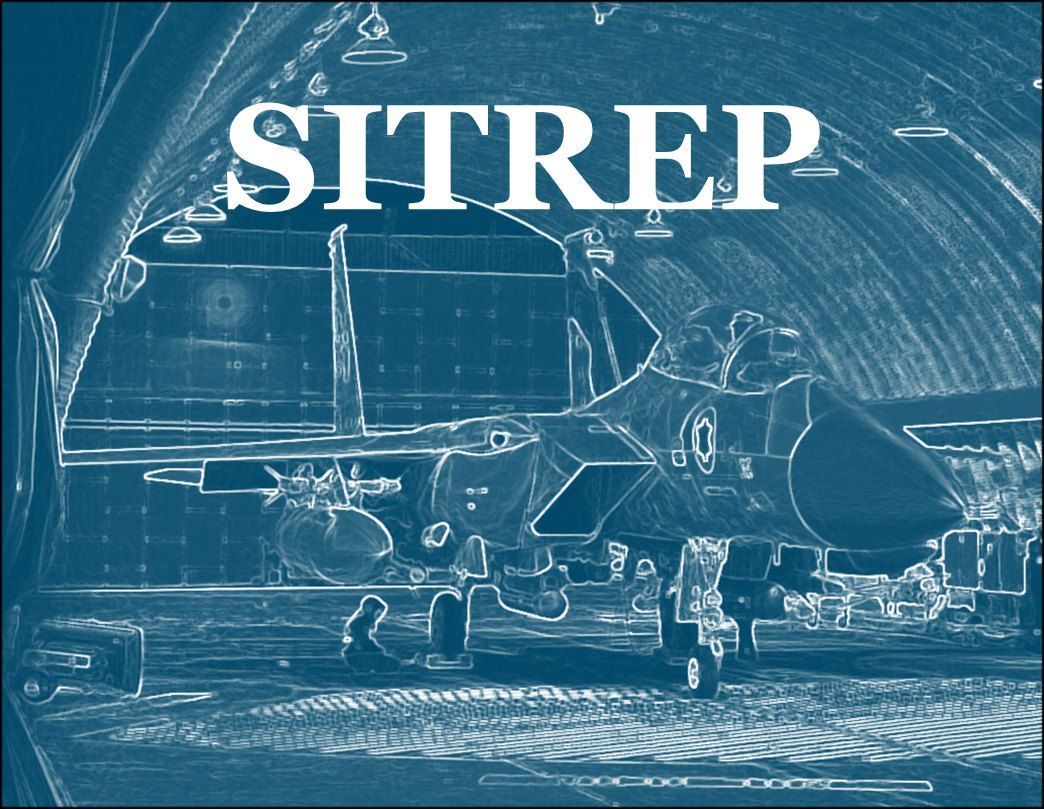26 March 2021
If you want to understand the violence of ISIS, you must look west. West, into the dangerous and gruesome world of Mexican cartels, particularly that of the Cartel Jalisco Nueva Generación (CJNG).
Society finds comfort in establishing discourses that provide simplistic, binary explanations as to why individuals become capable of extreme types of violence. The more different they are to you and me, the better. Attributing beheadings, rape and mass murder to a religious ideology that seems completely foreign and intangible, such as Islamic radicals, can be comforting to some.
ISIS, the infamous jihadist organisation responsible for terrorist attacks and horrible violence in the Middle East and many parts of the world, tends to be interpreted through the lens of radical Islam; religious fundamentalism and jihad was always at the centre of the explanations given for this violence. But what about when we see criminal organisations of parallel power committing similar horrid acts of violence and terrorism without a strong religious ideology to explain it or its success in gaining membership of thousands?
Making an unlikely comparison - that of ISIS to the Cartel Jalisco Nueva Generación (CJNG), Mexico’s largest and most violent cartel, with a net worth of billions, one quickly realises that something is missing from the public discourse.
The success of ISIS in recruiting men to serve their organisation’s interests and to engage in acts of violence and terrorism has not as much to do with Islamic radicalisation as it does with the prospects of a life with no social mobility, marginalisation, and a desire to find purpose.
One comes to this conclusion by noticing the stark similarities between ISIS and the CJNG - which, although operating in completely distinctive contexts and whose organisational goals differ substantially – share: radical violence, a similar recruitment strategy, and the same profile of the typical member.
Both prey on young, marginalised men in the respective territories in which they operate; providing them with a narrative framework within which they can allow themselves ambition and a feeling of belonging that was unavailable to them within their societies.
In 2014, ISIS declared the establishment of a caliphate stretching across Iraq and Syria, and since then, the group has evolved to a powerful, ambitious organisation that seeks to govern as an Islamic state across the boundaries of nation-states. It grew out of the instability of the region and the decline of other terrorist and insurgent organisations. It quickly established an impressive governance and communications strategy, creating a powerful propaganda machine that drew in recruits. It gained intense media attention around the world due to its use of extreme violence and its success in recruiting thousands of Iraqis and Syrians, and more shockingly - Westerners as well.
Meanwhile, the CJNG is the most powerful and deadly organised crime group in Mexico, notorious for shootings, beheadings, kidnappings, and mass graves. A highly resilient and geographically dispersed cartel that grew out and learned from the demise of other criminal organisations in the early 2010s. The strength, wealth and organisational sophistication of this cartel have overwhelmed government officials.
The CJNG is unique in that it created an ecosystem in which various local gangs and small-scale groups united under a single, centralised banner. They further differentiated themselves in the use of propaganda and social media to harness the support of civilians in the territories in which they operate and their success in gaining a strong membership. It also has filled a void left by failing government - building infrastructure and giving food to impoverished families during the pandemic.
So, where do these organisations converge? They are alike in what they provide, their appeal and their success with the impressionable, troubled youth, which they seduce through strategic propaganda and the use of various social media platforms.
ISIS and the CJNG have both become masters of youth culture. They delicately grasped the psychology of their vulnerable receivers and also mastered the art of “looking cool”.
ISIS posted videos on Youtube, Facebook and Twitter delivering a variety of different messages, most popular among the youth being those which glorified jihad using a sophisticated quality of production: showing members of the militia smiling at the camera with AK-47s displaying a clear sense of purpose and belonging accompanied by hip music.
Meanwhile, the CJNG has employed a similar, perhaps even more contemporary way of luring youngsters in. TikToks produced by members of the cartel have shown piles of cash, armoured cars, and exotic animals, loudly displaying the possible lifestyle of those who join their ranks. They also show fields of poppies watered to the sound of ballads such as “here in the mountains, there are only hard workers, only good people”, which romanticise Mexican cartel culture.
ISIS and CJNG tend to have two similar objectives within their communications strategy. Firstly, antagonising the system in which they operate in order to appear as “saviours” or those righting deep wrongs. Secondly, the more simplistic message is appealing to young men through the possibility of having power, wealth, authority, and status. In the Middle East, the West, Israel and Saudi Arabia are antagonised, they are evil, and ISIS is a protector and vigilante of those Muslims wronged by their oppression. In Mexico, on the other hand, it is the government and the police or rival cartels such as Los Zetas.
Both draw in a powerful ethos in which, through joining their respective organisations, you can be a sort of “justiciero”, providing a profound sense of purpose that does not otherwise exist within the place in society they were born into - one of poverty and a non-existent chance of social mobility.
Up until now, the “young man” who tends to be lured into these organisations has been alluded to, but what does he actually look like? The profile of the recruit shares several similar tones. When comparing two studies, one that interviewed ex-members of cartels in Mexico and one focused on ISIS members in Iraq, Turkey, Europe and Central Asia, the most commonly present vulnerabilities were poverty, unemployment and criminal history.
Both studies backed up that a sense of purpose was a very important reason as to why they joined the organisation, along with a desire to make more of their lives than what they would have accomplished within legal boundaries. With ISIS recruits, basic needs and employment accounted for 41.3% of the motivations and a sense of purpose 30.8%. In both the cartel and ISIS, a high percentage of recruits had a petty criminal past or had been in prison prior to their integration into these organisations. It appears that prison time puts men in contact with violently radicalised peers that fuel a search for dignity and provide a sense of belonging that ultimately results in crime being reinterpreted into a legitimate form of employment and protest against the establishment.
This comparison is necessary because it can allow for the analysis of ISIS to move from one focused on religious radicalisation to one of violent radicalisation that stems from contextual socio-economic vulnerabilities.
Of course, religion allows for a justification and a force of righteousness which exists within cartel culture as well. Narcos build churches and pray to Saints, yet catholicism is never blamed for their violence. However galvanising religion might appear; it is never truly at the centre of the violence. This change of discourse is necessary because a microscopic focus on fundamentalist Islam will not lead policymakers or the general public any closer to understanding the roots of this kind of violence.
The focus should rather be on integrating young men into their societies and giving them a sense of belonging, purpose, and opportunity so that they do not feel like their only way to triumph and overcome is by joining violent criminal organisations.
About the Author:
Valeria Ramos De la Vega is a third year Politics and Economics student and the University of Exeter. She grew up in Mexico City before moving to England. Her interests include security studies, Latin American development and behavioral public policy.











